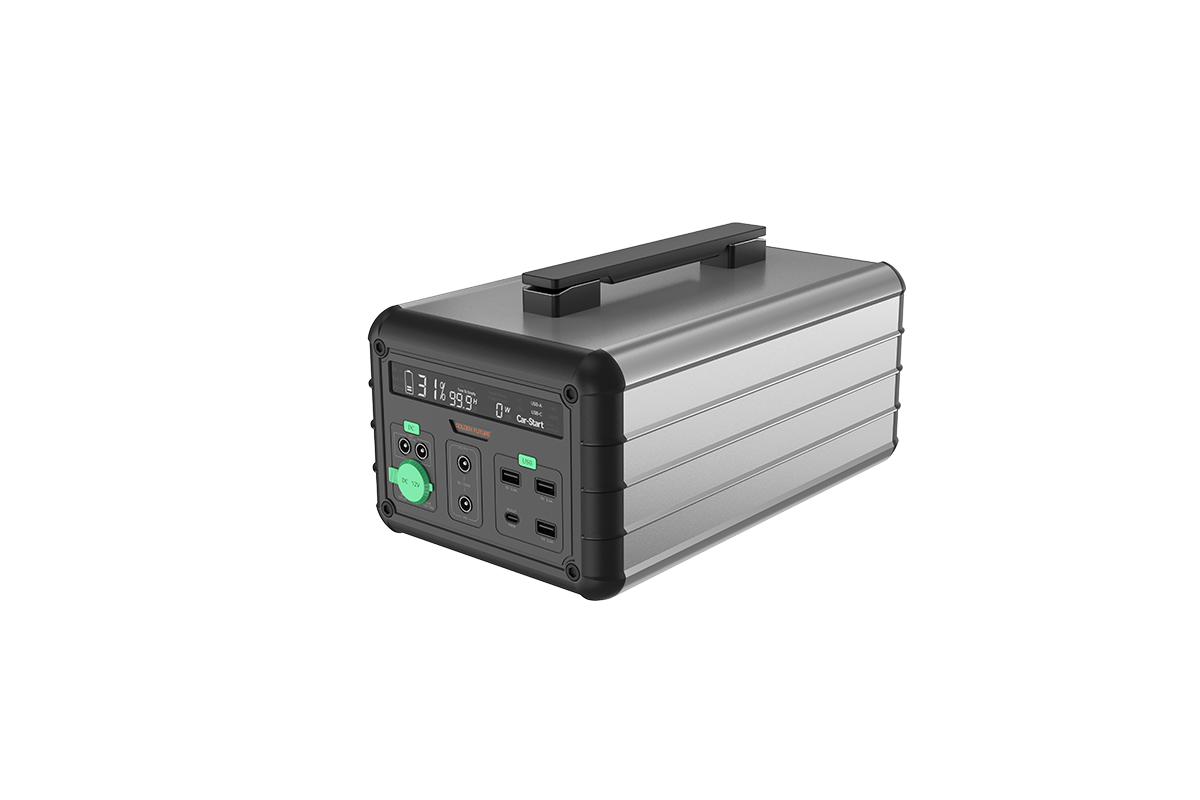

Time:2025-09-26 Views:1

Energy storage lead-acid batteries, as a mature and widely used energy storage technology, have been increasingly recognized for their potential in low carbon emission applications in recent years. Unlike some energy storage solutions that rely on complex and high-emission manufacturing processes, or fossil fuel-based backup power systems, energy storage lead-acid batteries contribute to reducing carbon footprints throughout their life cycle, making them a valuable asset in the global transition towards a low-carbon economy.
One of the key factors contributing to the low carbon emission of energy storage lead-acid batteries is their mature and optimized manufacturing process. Over decades of development, the production of lead-acid batteries has been refined to minimize energy consumption and reduce greenhouse gas emissions. Modern lead-acid battery manufacturing facilities employ advanced technologies such as automated casting, precision assembly, and efficient waste treatment systems. For example, in the production of lead plates, which are core components of lead-acid batteries, automated casting machines ensure precise control of lead usage, reducing material waste. Additionally, many manufacturers have adopted closed-loop recycling systems for lead, where scrap lead from the production process is collected and reused, further reducing the need for raw lead extraction. Raw lead mining and smelting are energy-intensive processes that generate significant carbon emissions, so reusing scrap lead helps to cut down on these emissions.
Another aspect that supports the low carbon emission profile of energy storage lead-acid batteries is their high recyclability. Lead-acid batteries are one of the most recyclable consumer products globally, with a recycling rate of over 95% in many developed countries. This high recyclability means that a large proportion of the materials in lead-acid batteries, including lead, plastic casings, and electrolyte, can be recovered and reused in the production of new batteries. The recycling process for lead-acid batteries is well-established and energy-efficient compared to the production of new batteries from raw materials. For instance, recycling lead from used batteries requires approximately 30% less energy than producing lead from ore, resulting in a corresponding reduction in carbon dioxide emissions. By diverting used batteries from landfills and reusing their materials, energy storage lead-acid batteries help to conserve natural resources and reduce the environmental impact associated with raw material extraction and processing.
In terms of operation, energy storage lead-acid batteries play a crucial role in integrating renewable energy sources such as solar and wind into the power grid, which indirectly contributes to low carbon emissions. Renewable energy sources are intermittent by nature, with output varying depending on weather conditions. Energy storage lead-acid batteries can store excess energy generated during periods of high renewable output and release it during periods of low output or high energy demand. This helps to balance the power grid, reduce the need for backup power from fossil fuel-fired power plants, and increase the penetration of renewable energy. For example, in a solar power system equipped with energy storage lead-acid batteries, the batteries can store solar energy generated during the day and supply it to the grid or local loads at night, when solar output is zero. This reduces the reliance on coal or natural gas-fired power plants to meet nighttime energy demand, thereby cutting down on carbon emissions from the power sector.
Furthermore, energy storage lead-acid batteries are widely used in off-grid and microgrid applications, particularly in remote areas where access to the main power grid is limited. In these applications, the batteries provide a reliable source of power that can replace diesel generators, which are highly polluting and emit large amounts of carbon dioxide, nitrogen oxides, and particulate matter. By replacing diesel generators with energy storage lead-acid batteries paired with renewable energy sources, communities in remote areas can reduce their carbon footprint and improve air quality. For example, in rural areas of developing countries, off-grid solar systems with lead-acid battery storage are being used to power homes, schools, and healthcare facilities, eliminating the need for diesel-powered generators and reducing carbon emissions in these regions.
It is important to note that while energy storage lead-acid batteries have low carbon emission characteristics, there are still challenges to address to further reduce their environmental impact. For instance, the handling and disposal of the electrolyte (a mixture of sulfuric acid and water) require careful management to prevent soil and water pollution. However, modern battery technologies and recycling processes have significantly improved the safe handling of electrolytes, with many recycling facilities able to neutralize and treat the electrolyte for reuse or safe disposal. Additionally, ongoing research and development efforts are focused on improving the energy density and cycle life of lead-acid batteries, which would further enhance their performance and reduce their environmental impact by extending their service life and reducing the frequency of battery replacement.
energy storage lead-acid batteries offer a low carbon emission solution for energy storage applications, thanks to their optimized manufacturing processes, high recyclability, and ability to integrate renewable energy sources. By reducing reliance on fossil fuels and minimizing the environmental impact of energy storage, these batteries play a vital role in supporting the global transition to a low-carbon economy. As technology continues to advance and recycling infrastructure expands, the low carbon emission characteristics of energy storage lead-acid batteries are expected to become even more pronounced.
Read recommendations:
portable emergency power supply